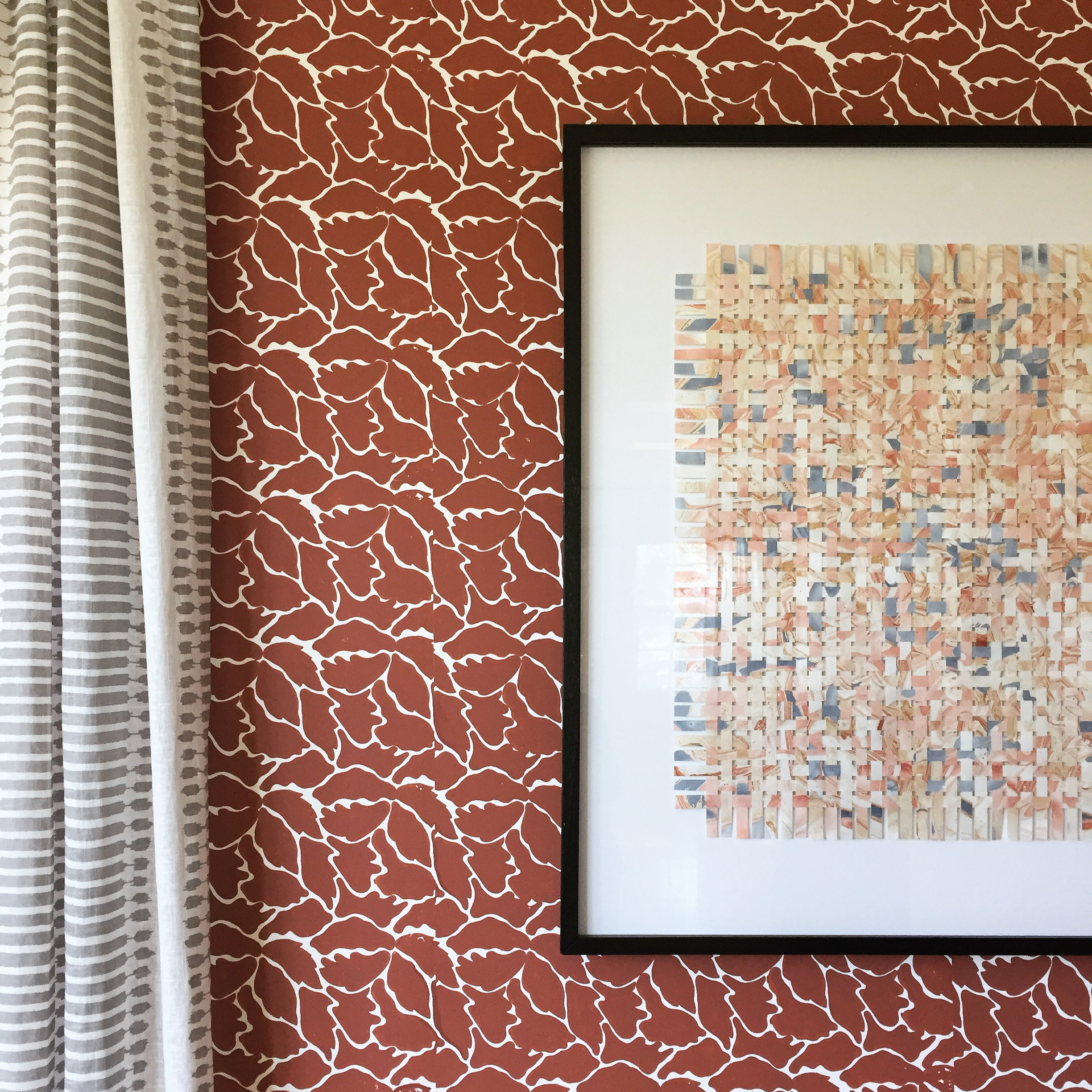Choosing the right wallpaper for your decorating needs goes beyond visual paper aesthetics. Enhancing a room using appealing colors and patterns can bring that area to life. However, you should consider other things that go beyond looks. You ought to think of the traffic volume in the area, paper durability and grade, and how long your wallcovering choice is likely to last.
Wallpaper layers
Wallpaper insiders divide wallcoverings into residential and commercial products. Residential wallpapers don’t have to go through serviceability procedures, but commercial wallpapers must undergo physical and visual inspections. These include testing the wallpaper backing, intermediate layer, and decorative layer.
The backing is the layer which your professional installer will apply as the wall side of your wallcovering. There are four main types of backings. The first, commercial vinyls. These backings typically use either a woven or a non-woven backing. Specialty goods and some lighter weight vinyls may rely on paper backings, which are really a form of a non-woven. Acrylic is the final type of backing. Manufacturers select backings to reflect both the ability to install and the ability to run through production with consistency.
Intermediate layers vary in thickness and create background colors for designs. Designers add all patterns and artwork to this layer.
Lining paper
Lining-papers can serve two main purposes. There are those which aid during the installation process. Most typically these are blankstock liners. There are those which are best used before installation of new wallcovering to help restore a surface to smooth. Blankstock’s main purpose is to absorb excess moisture from the adhesive. Thereby control the expansion and contraction of the finish wallcovering during the installation and the drying process. On the other hand, most of the heavier and more durable non-woven liners are specifically designed to smooth out rougher surfaces prior to installing a new wallcovering. Some of the surfaces which might get this heavier grade include brick, paneling, ceramic tile, block and also damaged walls.
The different types of wallcovering are immense and it is true that not all types of wallcovering require a lining paper. For some it’s absolutely essential in a successful installation, other wallcoverings will greatly benefit from its use with respect to shrinkage, staining, strength, uniformity, guarantee and flatness, and in some cases like certain digital murals, it has no real use. It’s important to have a basic understanding of installation instructions, tips, and guidelines for lining paper.
Paperweight

Remember, however, weight is only one consideration. Think about the materials used in the wallcoverings you are considering. Some materials are more delicate, like a hand-painted silk. Others will be breathable, making them better choices when moisture flow is crucial within your room. Other factors might be the environmentally friendly contents that you desire. In some cases, sustainability is key for contents such as wood, cork, linen, bamboo or grasscloth.
Whatever is most critical for you to look at, just keep in mind how the area will be used and how much traffic will flow through that space. That can guide you to the best choice as you consider the type, the components and even the liner that best meets your needs.





